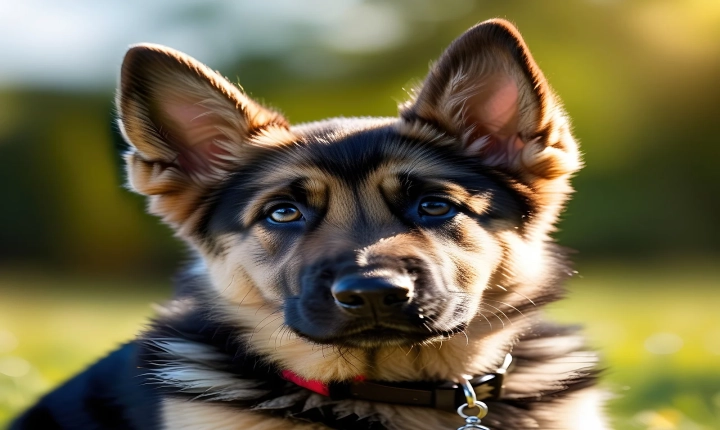“Can You AI a Pig?”
Artificial insemination (AI) has been a common practice in the agricultural industry for decades, particularly with livestock such as cattle and swine. It involves the process of collecting semen from a male animal and using it to impregnate a female animal, thus allowing for more controlled breeding and genetic improvement within a herd. However, can this practice be applied to pigs?
The short answer is yes, artificial insemination can indeed be performed in pigs. In fact, AI has become increasingly popular in the swine industry due to the numerous benefits it offers. When compared to natural breeding, AI allows for a more precise control of genetics and breeding outcomes, as well as the ability to manage the timing of insemination and reproductive cycles more effectively.
There are several key steps involved in the process of AI for pigs. It starts with the collection of semen from a boar, which is then evaluated for quality and processed for storage. This semen is then used to inseminate the sows or gilts, typically through the insertion of a catheter into the reproductive tract. The procedure requires skilled technicians and careful management to ensure the success of the insemination.
One of the primary advantages of using AI in pigs is the ability to access superior genetics from boars that may be located at a distant location. This widens the gene pool available for breeding and allows for the introduction of desirable traits into a herd. Furthermore, AI can also help in disease prevention by minimizing the need for physical contact between animals during breeding, reducing the risk of transmitting infections.
In addition to genetic improvement and disease control, artificial insemination in pigs can lead to increased reproductive efficiency. Sows and gilts can be inseminated at the optimal time in their estrus cycle, maximizing the chances of successful fertilization and conception. This can ultimately result in higher litter sizes and improved productivity within a swine operation.
Despite the numerous benefits of AI in pigs, there are also challenges and considerations to be aware of. Successful artificial insemination requires careful attention to detail, from the collection and storage of semen to the insemination process itself. Additionally, proper management of reproductive cycles and careful monitoring of the animals are essential for achieving the desired breeding outcomes.
In conclusion, the use of artificial insemination in pigs offers significant advantages for swine producers, including improved genetic selection, disease control, and reproductive efficiency. While it requires expertise and meticulous attention to detail, the practice of AI has proven to be a valuable tool for advancing the swine industry. As technology and techniques continue to advance, AI in pigs will likely play an even greater role in shaping the future of swine breeding and production.
